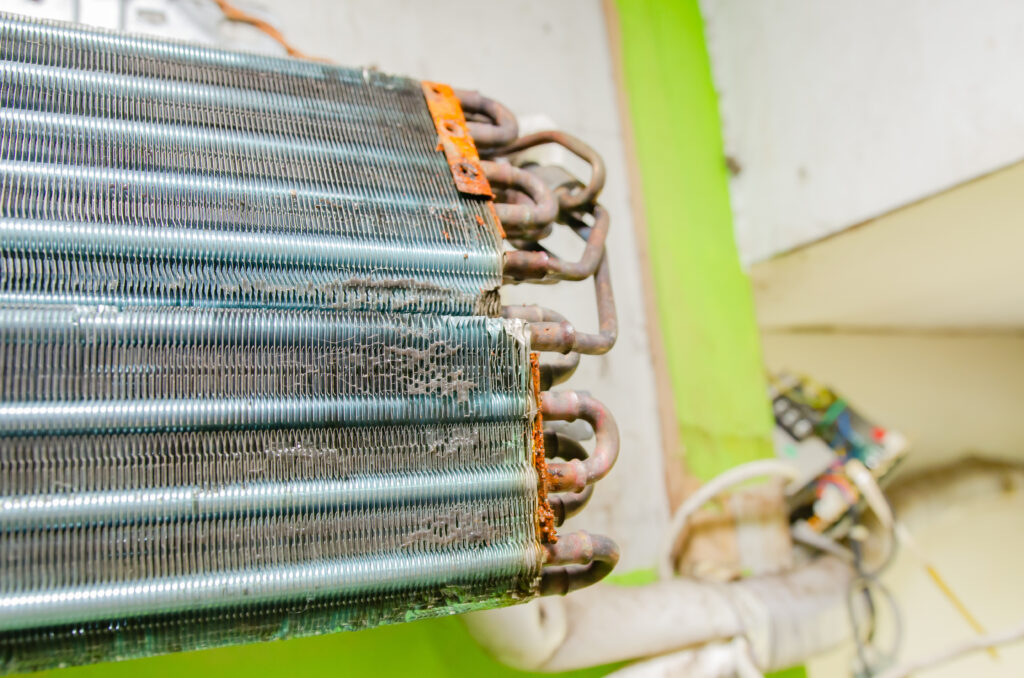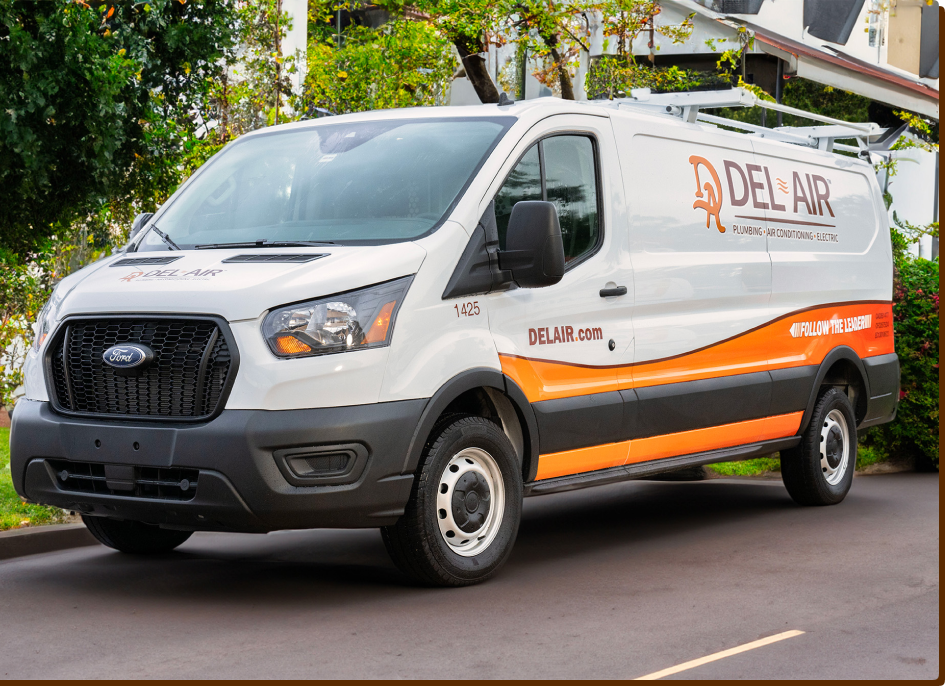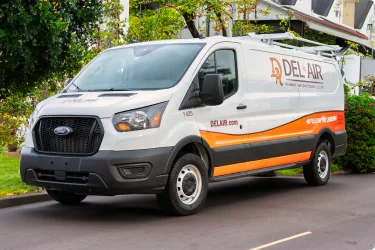If you live in Florida, you already know how brutal the summer heat can be—and how fast those air conditioning bills can rise. What many homeowners don’t realize is that a hot, unventilated attic is often the hidden reason for higher cooling costs, poor indoor air quality, and even roof damage.
That’s where solar attic fans come in.
A solar-powered attic fan helps remove trapped heat and moisture from your attic, lowering the temperature of your entire home without adding to your utility bill. In this guide, we’ll break down how these fans work, how they compare to other ventilation options, and why a solar attic fan might be one of the smartest upgrades you can make to your Florida home in 2025.
What Is a Solar Attic Fan?
A solar attic fan is a ventilation device powered by the sun. It pulls hot air out of your attic and replaces it with cooler outside air, helping to:
-
Lower attic temperatures by up to 50°F
-
Reduce moisture buildup and mold growth
-
Extend the life of your roof and insulation
-
Take pressure off your air conditioner
-
Cut monthly energy costs
Unlike traditional electric fans, solar-powered fans require no wiring or electricity, making them a safe and eco-friendly addition to your home.
Why Attic Ventilation Matters in Florida Homes
In Florida’s hot and humid climate, attic heat and moisture can build up quickly—especially in homes with older or passive ventilation systems. When your attic isn’t properly ventilated, you could face:
-
Sky-high attic temperatures (up to 160°F or more)
-
Increased AC workload and energy use
-
Warped roofing materials and shingle damage
-
Mold, mildew, or wood rot due to trapped moisture
A solar attic fan helps regulate attic airflow, reducing these risks and improving the overall efficiency of your HVAC system.
How a Solar Attic Fan Works
Solar attic fans use a small solar panel to power a high-efficiency fan that continuously circulates air through your attic space. The fan pulls in cooler air from intake vents and pushes hot, stale air out through exhaust vents.
This steady airflow:
-
Lowers attic temperatures
-
Prevents condensation and humidity buildup
-
Reduces radiant heat transfer into your living space
When installed properly, a solar attic fan works in tandem with your home’s existing passive ventilation system to create balanced airflow throughout the attic.
Benefits of Installing a Solar Attic Fan in Florida
Homeowners across Florida are choosing solar attic fans to improve comfort, cut energy costs, and protect their homes from heat-related damage. Key benefits include:
-
Lower Energy Bills: Reduces attic heat, allowing your AC to run more efficiently.
-
No Electricity Needed: Powered by sunlight, it won’t increase your utility bill.
-
Improved Indoor Comfort: Helps maintain even temperatures throughout your home.
-
Extends Roof Life: Reduces heat and moisture damage to roofing materials.
-
Federal Tax Credit Eligible: Solar attic fans qualify for the 30% federal tax credit on purchase and installation costs.
Solar Attic Fan vs. Whole-House Fan: What’s the Difference?
Both fans help with ventilation, but they serve different purposes:
| Feature | Solar Attic Fan | Whole-House Fan |
|---|---|---|
| Purpose | Ventilates attic space | Cools entire living space |
| Operation | Runs during hot daytime hours | Best used at night |
| Power | Solar-powered | Electric (wired into your home) |
| Installation | Simple roof mount | Requires electrical work & attic access |
| Energy Use | Zero utility cost | 200–700 watts |
Want both benefits? Many Florida homeowners install a solar attic fan for daytime heat control and a whole-house fan for evening cooling.
Solar Attic Fan Installation Cost in Florida
The cost to install a solar attic fan in Florida typically includes two parts:
-
Fan Unit: $375 to $800 depending on brand, airflow (CFM), and features
-
Installation: $100 to $250 depending on your roof type and ventilation system
Thanks to the 30% federal solar tax credit, you could save hundreds on your investment. For example, if your fan and installation cost $650 total, you’d receive a $195 tax credit—a dollar-for-dollar reduction on what you owe.
How to Choose the Right Size Solar Attic Fan
To ensure your attic fan is effective, you’ll need to calculate your attic’s ventilation needs based on cubic feet per minute (CFM). Here’s how:
-
Measure your attic’s length × width × height = cubic feet
-
Multiply by 10 (air changes per hour)
-
Divide by 60 = minimum CFM needed
You’ll also need about 1 square foot of exhaust vent per 360 CFM. In larger attics, more than one fan may be needed for full coverage.
Environmental Benefits of Solar Power
By choosing solar, you’re not just saving on energy bills—you’re also helping the environment. Solar attic fans:
-
Produce zero emissions
-
Reduce your home’s carbon footprint
-
Require no fossil fuels or grid power
-
Help lower demand on the local power grid
Compared to traditional electric-powered fans or overworked AC units, solar attic fans are a clean, efficient, and sustainable solution.
Get a Quote from Del-Air Plumbing, Air Conditioning, Electric
Ready to upgrade your home with a solar attic fan? Del-Air offers fast, expert installation throughout Florida with:
-
Over 400 fully stocked service trucks
-
Certified HVAC technicians with next-day availability
-
Top-rated solar attic fan brands
-
Upfront pricing and federal tax credit assistance
Whether you’re interested in solar-powered ventilation, a new AC system, or whole-house fan installation, Del-Air has the experience and equipment to keep your home cool, efficient, and protected year-round.
Call now or schedule your quote online—and find out how a solar attic fan can start saving you money today.






